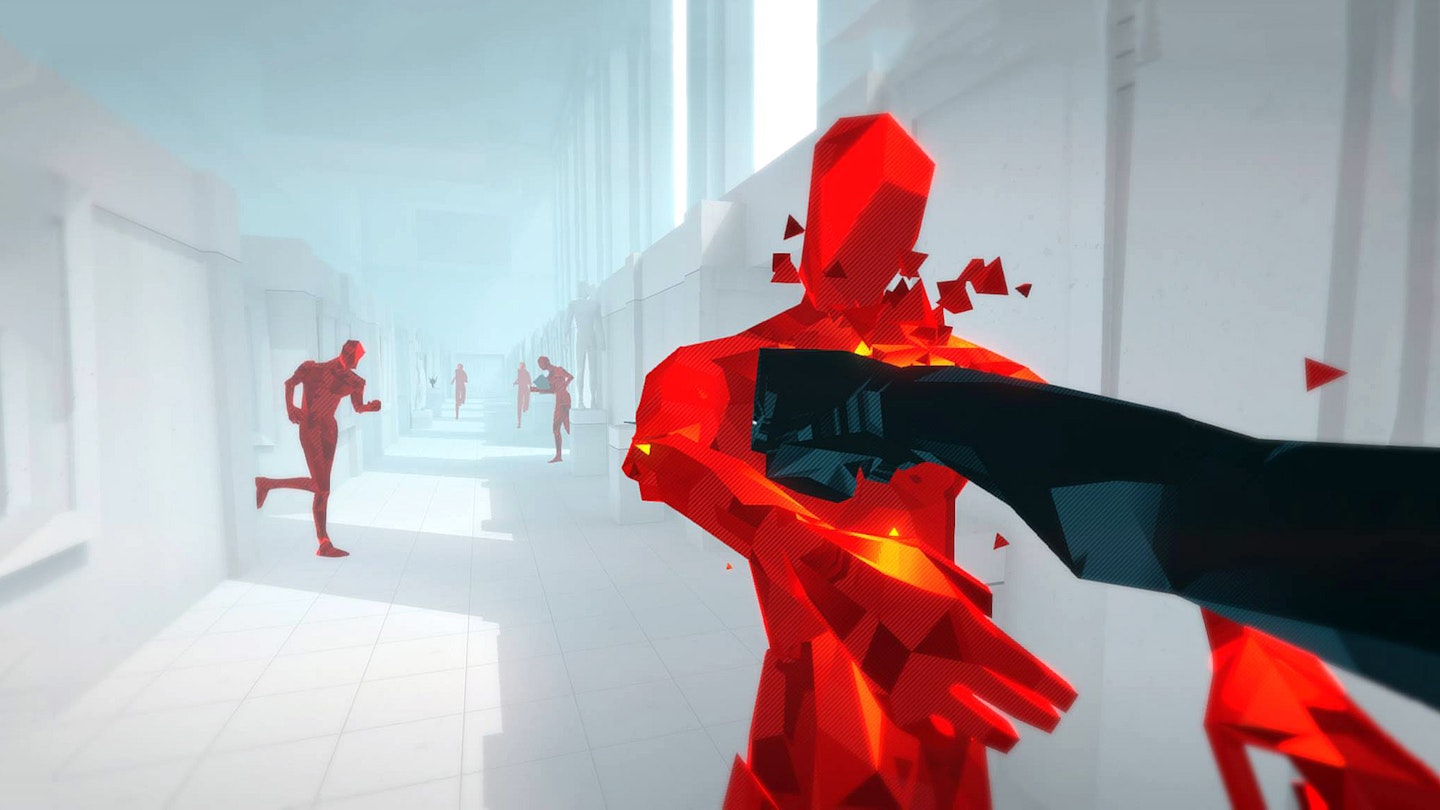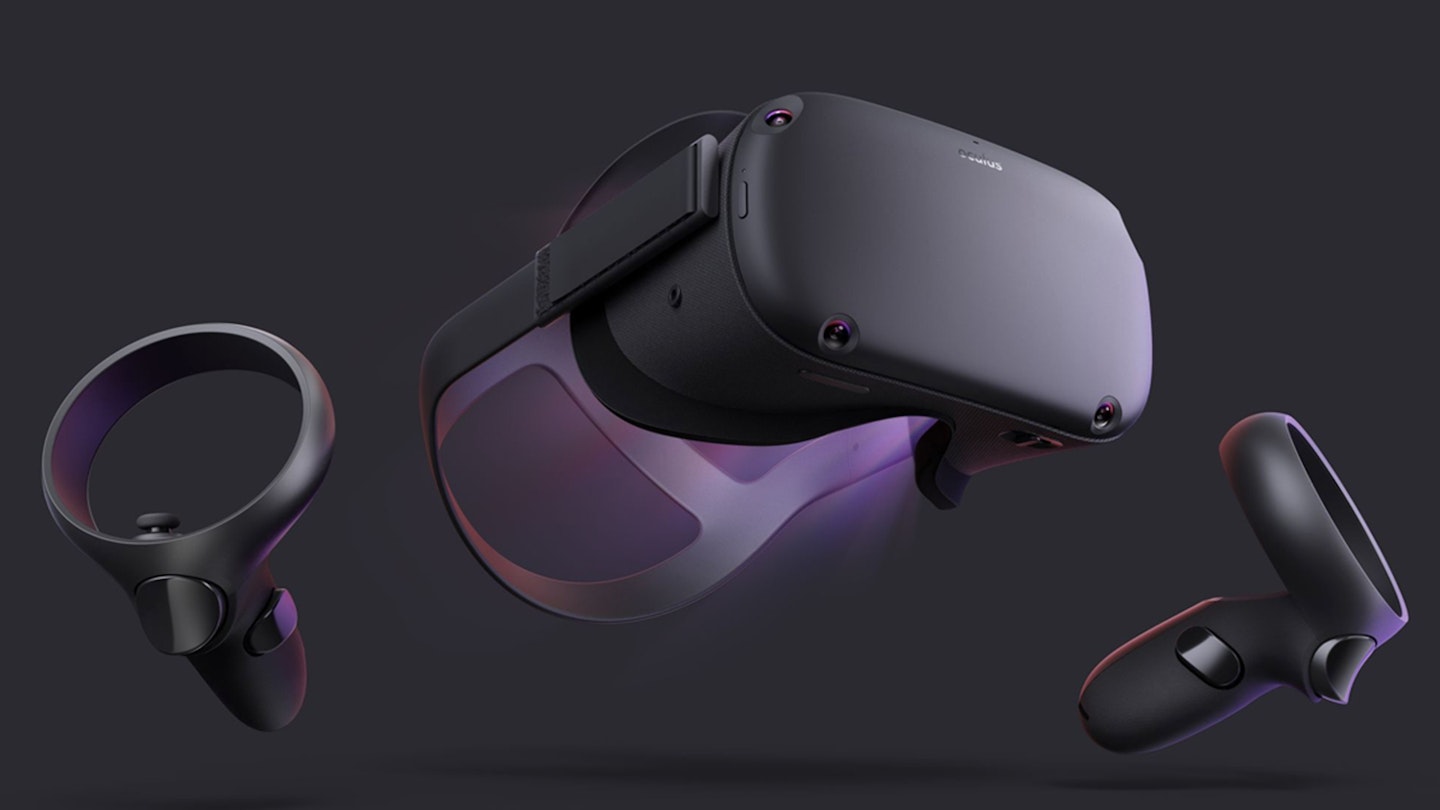Virtual reality is a technological siren's song. Being able to step into digital worlds has been a dream for decades – frankly, TRON has a lot to answer for. Yet, ignoble efforts such as Nintendo's Virtual Boy aside, it's been a dream that's largely remained out of reach for just as long. Although recent years have seen the market explode with viable VR headsets, nothing has quite broken through to the mainstream.
The biggest problem has been keeping the three plates of quality of experience, freedom of movement, and price all spinning. At one extreme, you have the high-end, PC-based headsets – your Oculus Rifts and HTC Vives. These deliver detailed, immersive worlds but are expensive in their own right, require high-end PCs to even run, and physically tether you in place with a tail of cords connecting you to the base unit computer. At the other end of the spectrum, you have cordless headsets that amount to little more than media viewers – Google Cardboard, Oculus Go, Daydream; those which may offer some interactivity but could never compete in gaming terms with a PS Vita or 3DS, let alone a home console. So far, the best option for VR-curious gamers has been Sony's PlayStation VR, which nicely balances cost and experience, and though still tethered to the console, benefits from a software suite designed around such limitations.

However, the PS VR has a new challenger to its crown in the form of Oculus Quest. The latest headset from the pioneering VR company is one of its best yet, delivering console-quality performance, responsive dual controllers which provide versatile interaction with virtual objects, and outward tracking sensors that effortlessly detect your position in real space. Best of all, it's a standalone unit, requiring there’s no base computer required to pair with. That means no weighty trail of cables tugging on the back of your head – you can freely move around while playing.
The tech specs are impressive for a standalone unit too, easily outperforming any previous cordless VR headset. At the heart of the Quest beats a powerful Qualcomm Snapdragon 835 system-on-chip, supported by 4GB of RAM and – depending on model – 64GB (£399) or 128GB (£499) of storage capacity. Jargon aside, this means it can push out console comparable games, all from inside a surprisingly comfortable goggle box that weighs a mere 571 grams – not light enough to be unnoticed, but far lighter than you might expect.
Hands down the best option for VR gaming the market has yet seen.
The internal lens is impressive, offering per-eye resolution of 1440x1600 pixels. That HD+ quality is one of the highest Oculus has provided on any headset to date, and allows developers to create realistic, immersive worlds. It also makes watching Netflix through the supported app a joy, allowing you to blow up the screen to a virtual cinema screen size. With the lenses right in front of your eyes, pixels are still just about visible though, despite the high resolution, so the Quest won't be replacing your TV just yet, but it makes for a nice gimmick on occasion.
The audio experience is solid too – Quest channels sound towards the user's ears, with minimal 'bleed' audible by onlookers. You can optionally plug in dedicated headphones for a more rounded, directional auditory effect, but for use at home the onboard speakers are surprisingly good.
For those new to VR, Quest provides a warm welcome. It gently introduces the fundamentals of VR in general and Quest as a specific platform, from setting up a 'Guardian' outline – the boundary in real space where you're free to move around, safe in the knowledge you won't bump into your furniture or walls – to how to use the remarkable Oculus Touch controllers. These wand-like joysticks, one for each hand, are flawlessly tracked by the Quest's sensors, and do an excellent job of mimicking hand movement. Not only do they track where your hands are, they allow you to point, poke, and grip virtual items, while also providing familiar game controls such as thumbsticks and buttons for a full range of input. By the time you've finished the surprisingly enjoyable tutorial – which culminates in swing dancing with an adorable robot – you'll be totally au fait with using VR.

Packing so much in, it's perhaps no real surprise that the trade off is battery life. Quest offers between two and three hours of play time per charge, and requires around the amount of time to fully recharge. This is compensated for somewhat by a two metre long USB-C charging cable, but using the headset while plugged in removes its cordless advantage.
Quest also requires a lot of free space. The Guardian boundary needs at least two square metres of open space, though this can be an irregular shape. Many people won't have that much real estate in their living rooms without rearranging furniture though, and even if you do, two metres is only a few steps, meaning you'll have to regularly re-orient yourself using in-game controls.
The Oculus Quest isn't perfect, then, but between its comparatively low entry price and high quality in-world experience, along with an exciting launch line-up of software spanning diverse genres including rhythm action, sports, shooters, roller coasters, and even a pre-requisite Star Wars game (Vader Immortal), it's hands down the best option for VR gaming the market has yet seen.
